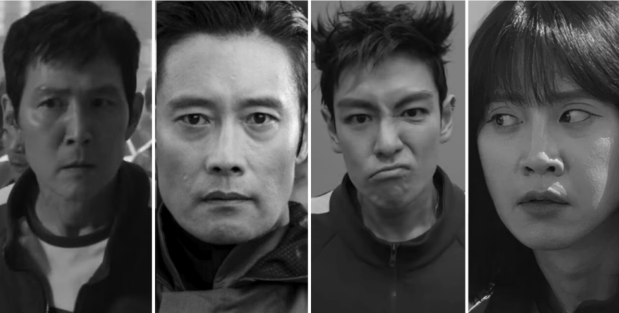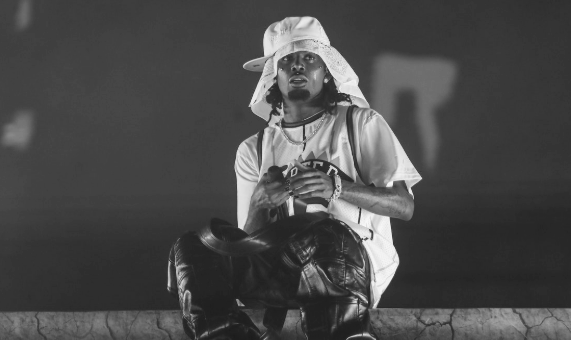By now, everyone knows that the British empire used to be one of the greatest in the world, in both sheer size and population. They colonized countries all over the world and looted others. Many of the stolen artifacts now reside in The British Museum in London, which has recently been broken into. According to CNN, over 2000 Greco-Roman gems and riches were stolen or damaged, and the Museum has since asked the public for help in locating the precious gems and treasures.
Ironic, isn’t it?
There are so many artifacts in the British Museum that have been sitting there for decades (and for some, centuries), while their countries of origin have been pleading for their returns. One of the most well-known Moai statues in the museum, Hoa Hakananai’a (which, ironically enough, roughly translates to “lost or stolen friend”) has sat in Room 24 of the building since 1869. According to the Guardian, the Moai comes from Easter Island in Chile, where British explorers excavated it and shipped it to England as a gift for Queen Victoria. The Queen then donated it to the Museum for safe keeping.
Here’s the thing, though; that statue was not hers to donate. It is an integral part of Easter Islander culture that was wrongly stolen without any understanding, and refusing to give it back is just selfish.
Another extremely important artifact stolen by the Museum is the Koh-i-Noor from India, mined from the Guntur district of Andhra Pradesh, which is most known for being the biggest diamond of the British crown jewels. India has repeatedly asked for the Royal Family to return the gems, according to Insider, but do you want to know how they responded? They just limited how many times the diamond made a public appearance.
What kind of a solution is that?
It’s also important to highlight how the British got their hands on the gem in the first place. After having their eyes on the jewel so they could gain “colonial supremacy,” they had to wait through an era of violence in the Indian throne. When the last two people in line for the throne remained – those being a woman, Rani Jindan, and her ten-year-old son Duleep Singh – “the British forced Duleep to sign a legal document…that required Duleep to give away the Koh-i-Noor and all claim to sovereignty,” after his mother had been imprisoned, according to the Smithsonian.
Guilting a child into signing away a sacred diamond to release his imprisoned mother is an incredibly low blow. Refusing to return said diamond and trying to quell its (rightful) controversy by not showing it in public often is even lower.
Remember: these are only two things that were put into the museum. Other extremely important things in the institution include the Rosetta Stone, Chinese cultural relics, the Benin bronzes, the Parthenon sculptures, the Maqdala collection, the Gweagal Shield, and literal human remains.
Now, that’s not to say that the institute is not preserving the artifacts well. However, the countries of origin in which these artifacts come from are perfectly capable of preserving them, too. The Gweagal Shield comes from Australia. The Parthenon sculptures are Greek. Some cultural relics come from China. All of these countries would have no issue in taking care of cultural artifacts, so why not just give them back?
The situation of artifacts being stolen from the British Museum is wholly ironic considering the Museum’s dark history. Perhaps, instead of hoarding the looted goods like that one dragon from The Hobbit (its name is Smaug, by the way), the Museum could return the goods to their rightful owners and honor their cultural importance.
















